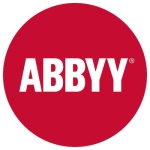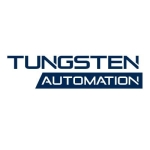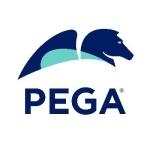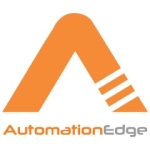The first automated processes were mainly backoffice procedures. Accordingly, unattended robots have been used to do the job. To me however, a big portion of the potential value added from RPA comes from attended automation, especially in a people-intensive professional services company like the one I`m working at. Typical examples for solutions desired by the staff are digital assistants taking care of the tedious and error-prone data transfer processes reaching from HR and Marketing to Finance.
Of course, Blue Prism is capable of improving one´s processes, especially in terms of efficiency. I´m not saying that it didn´t improve things at all at my company. However, my personal opinion is that improvement is behind what´s possible nowadays. As desribed before, attended automation and digital assistants keep becoming more important - if not crucial for a company´s RPA journey. And that´s exactly where Blue Prism in my opinion fails. Developing processes, you can feel that the solution is not made for attended automation.
Valuable feature are for sure the modelers. They are quite easy to understand and use. I think they are what people mean when they say Blue Prism is a bit easier than UiPath. Whereas I definitely like the ease of use, this comes at a cost. In direct comparison to UiPath, the Studios feel like Kindergarden to me. Trying to make robot development accessible to people with limited technical understanding, they are taking away the endless possibilities resulting from the fact that a software robot is still a mature computer program. Not being able to insert code - or even complex expressions - is not a feature to me. Summing up, I like the ease of use of BP but to me, the sacrifice is too high.
When I am comparing Blue Prism to UiPath, it lacks many features. For example, I am missing all variable types that I am used to having in UiPath.
I don't like that it is so limited, anything that you do feels limited in your capabilities.
Usually, you have dropdown menus with 10 choices but if you need that 11th or 12th one it is so difficult to work around it.
For me, I feel that it is lacking in features.
It consists of simple actions that work quite well together, and the integration is good but the scope of things that you can do is too narrow.
The interface could be brought to a more modern state of the art interface. It still has this gray Windows 95 style, which is outdated.
The way that humans interact with robots is a feature that is very poor in Blue Prism.
The focus is on the unattended automation, for example, robots running in the background at some bank. If you have more digital assistance, assisting humans in their daily work is something that is very difficult and I would like to see this improved.
I have been using Blue Prism for two months.
The stability is quite good.
This solution is scalable, but I don't have a lot of experience with this area. I am basing this only on what I have heard.
We have approximately 500 end-users.
Due to the limitations, we don't have plans to increase our usage. We are considering a change.
I don't have a lot of experience with technical support. At this time, I cannot say anything good or bad.
Previously, I was using UiPath and because of a change in job, I started using Blue Prism.
This solution was already in place when I joined the company.
The setup and deployment were already complete.
We have a team of five to maintain this solution.
We did the implementation internally.
We have a three-year contract that is paid on a yearly basis.
To my knowledge, there are no additional costs other than the standard licensing fee.
I don't think that I could recommend this solution. I prefer working with UiPath.



















